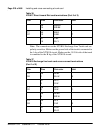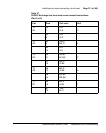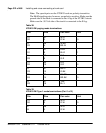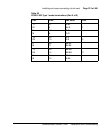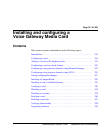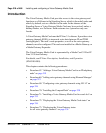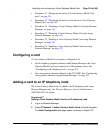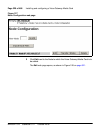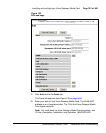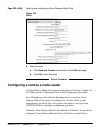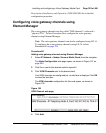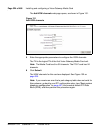
Page 318 of 466 Installing and configuring a Voice Gateway Media Card
NN43041-310 Standard 01.11 October 2008
Introduction
The Voice Gateway Media Card provides access to the voice gateway and
functions as a Follower to the Signaling Server, which is the node Leader and
which, by default, acts as a Master for the node. In the absence of the
Signaling Server a Voice Gateway Media Card may be an active Leader, a
backup Leader, or a Follower. Each customer in a system has only one
Leader.
A Voice Gateway Media Card runs the IP Line 3.1 software. It provides voice
gateway channels (DSPs) to transcode voice data between IP and TDM
(analog/digital). The card’s node properties, as well as the voice gateway
channels, must be configured. The cards are installed in a Media Gateway or
a Media Gateway Expander.
The Voice Gateway Media Card is represented by a Media Card 32-Port IP
Line 3.1/Voice Gateway.
For details, see IP Line: Description, Installation, and Operation
(NN43100-500).
This chapter contains the following procedures:
• Procedure 67: "Adding a Voice Gateway Media Card to an IP telephony
node" on page 319
• Procedure 68: "Adding voice gateway channels using Element Manager"
on page 323
• Procedure 69: "Configuring voice gateway channels using LD 14" on
page 326
• Procedure 70: "Installing the CompactFlash" on page 330
• Procedure 71: "Installing a Voice Gateway Media Card in a card slot" on
page 335
• Procedure 72: "Displaying the Voice Gateway Media Card status" on
page 336
• Procedure 73: "Displaying the Voice Gateway status
for all voice gateway channels" on page 338



